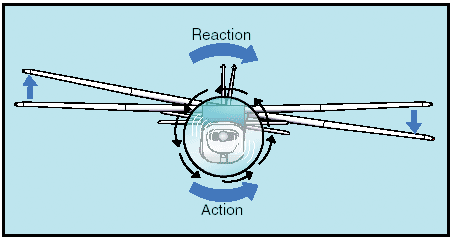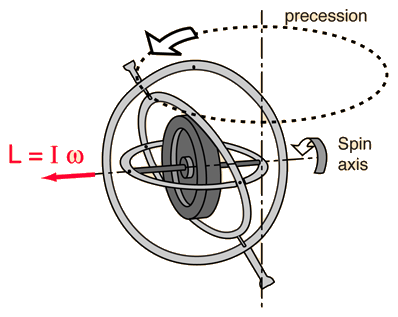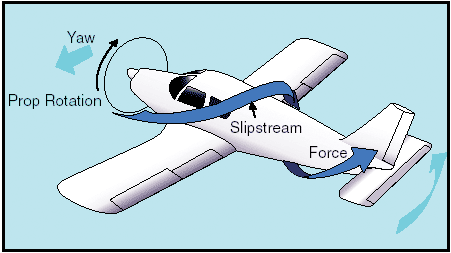Earlier you learned that you can stall an airplane at any airspeed and in any flight altitude. You can easily stall an airplane in a turn at a higher-than-normal airspeed. As the angle of bank increase in level turns, you must increase the angle of attack to maintain altitude. As you increase the angle of bank, the stall speed also increases
If you attempt to maintain altitude during a turn by increasing the angle of attack, the stall speed
increases as the angle of bank increases. The percent of increase in stall speed is fairly moderate
with shallow bank angles less than 45 degree . However,once you increase the bank angle
60 beyond 45 degree, the percent of increase in the stall speed rises rapidly. For example , in a
degree constant-altitude bank, the stall speed increases by 40% ; a 75 degree bank increases stal
l speed by 100%
Actually, stall speed increases in proporation to the square root of the load factor. If you are flying an airplane with a one-G stalling speed of 55 knots, you can stall it at twice that speed ( 110 knots ) with a load factor of four G's . Stalls that occur with G-forces on an airplane are called accelerated stall . An accelerated stall occurs at a speed higher than the normal one-G stall speed. These stalls demonstrate that the critical angle of attack , rather than speed, is the reason for a stall . Stalls also can occur at unusually high speeds in severe turbulance, or in low-level wind shear
LIMIT LOAD FACTOR
When the Federal Aviation administration certifies an airplane, one of the criteria they look at is how much stress the airplane can withstand. The limit load factor is the number of G's an airplane can sustain, on a continuing basis, without causing permanent deformation or structural damage. On ther words, the limit load factor is the amount of positive or negative G's an airframe is capable of supporting
Most small general aviation airplanes with a gross weight of 12.500 pounds or less, and nine passenger seats or less, are certified in either the normal , utility, or acrobatic categories. A normal category airplane is certified for nonacrobatic maneuvers. Training maneuvers and turns not exceeding 60 degree of bank are permitted in this category. The maximum limit load factor in the normal category is 3.8 positive G's, and 1.52 negative G's. In other words , the airplane's wings are designed to withstand 3.8 times the actual weight of the airplane and its contents during maneuvering flight. By following proper loading techniques and flying within the limits listed in the pilot's operating handbook, you will avoid excessive loads on the airplane, and possible structual damage
In addition to those maneuvers permitted in the normal category, an airplane certified in the utility category may be used for several maneuvers requiring additional stress on the airframe. A limit of 4.4 positive G's or 1.76 negative G's is permitted in the utility category. Some , but not all, utility category airplanes are also approved for spins. An acrobatic category airplane may be flown in any flight altitude as long as its limit load factor does not exceed six positive G's or three negative G's
A key point for you to remember is that it is possiible to exeed design limits for load factor during maneuvers. For example, if you roll into a steep , level turn 75 degree , you will put approximately four G's on the airplane. This is above the maximum limit of 3.8 G's for an airplane in the normal category. You also should be aware of the conditions specified for the maximum load limit. If flaps are extended , for instance, the maximum load limit normally is less. The POH for the airplane you are flying is your best source of load limit information
منبع://www.aerospacetalk.i
دوست عزیز، به سایت علمی نخبگان جوان خوش آمدید
مشاهده این پیام به این معنی است که شما در سایت عضو نیستید، لطفا در صورت تمایل جهت عضویت در سایت علمی نخبگان جوان اینجا کلیک کنید.
توجه داشته باشید، در صورتی که عضو سایت نباشید نمی توانید از تمامی امکانات و خدمات سایت استفاده کنید.







 پاسخ با نقل قول
پاسخ با نقل قول









علاقه مندی ها (Bookmarks)